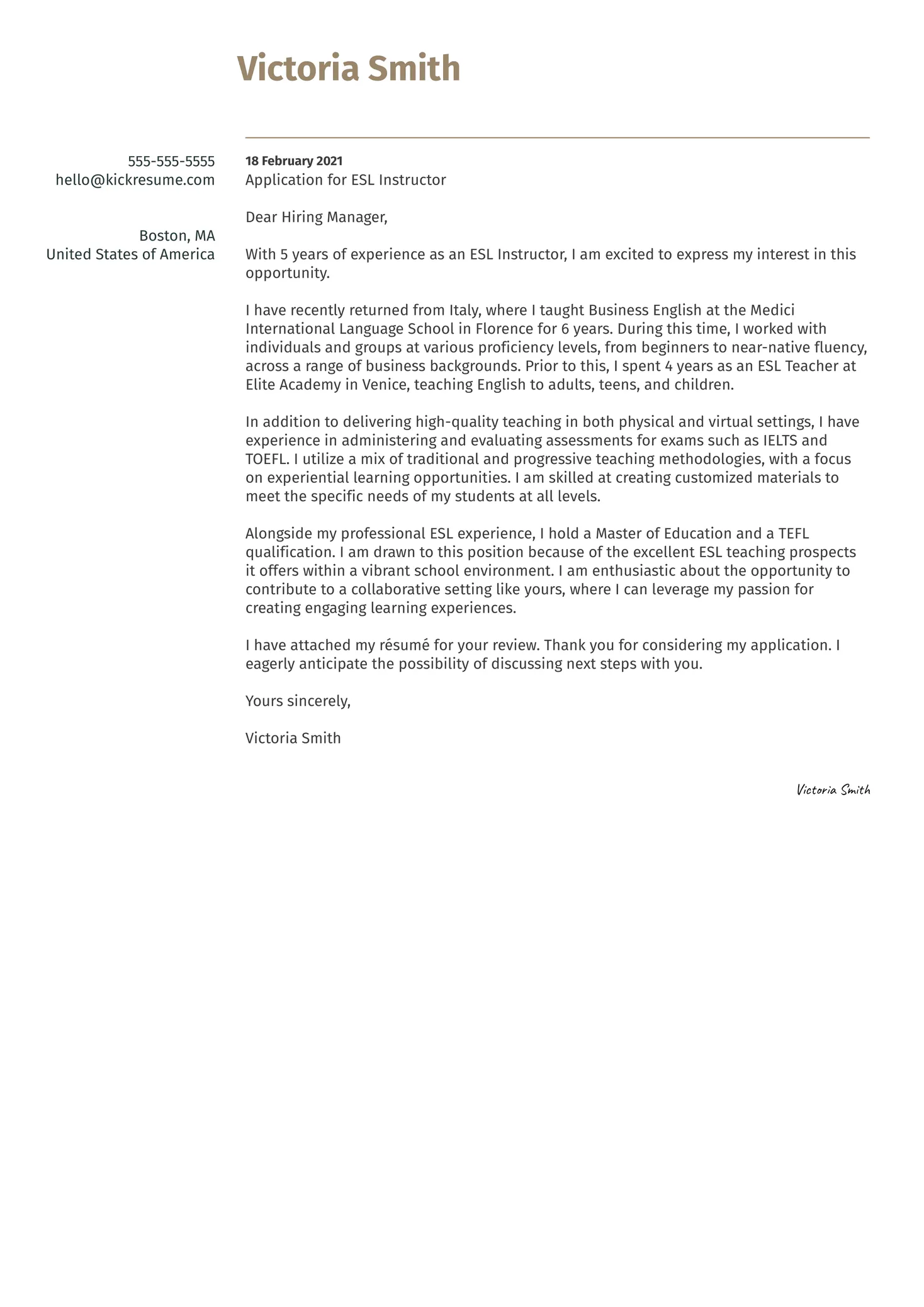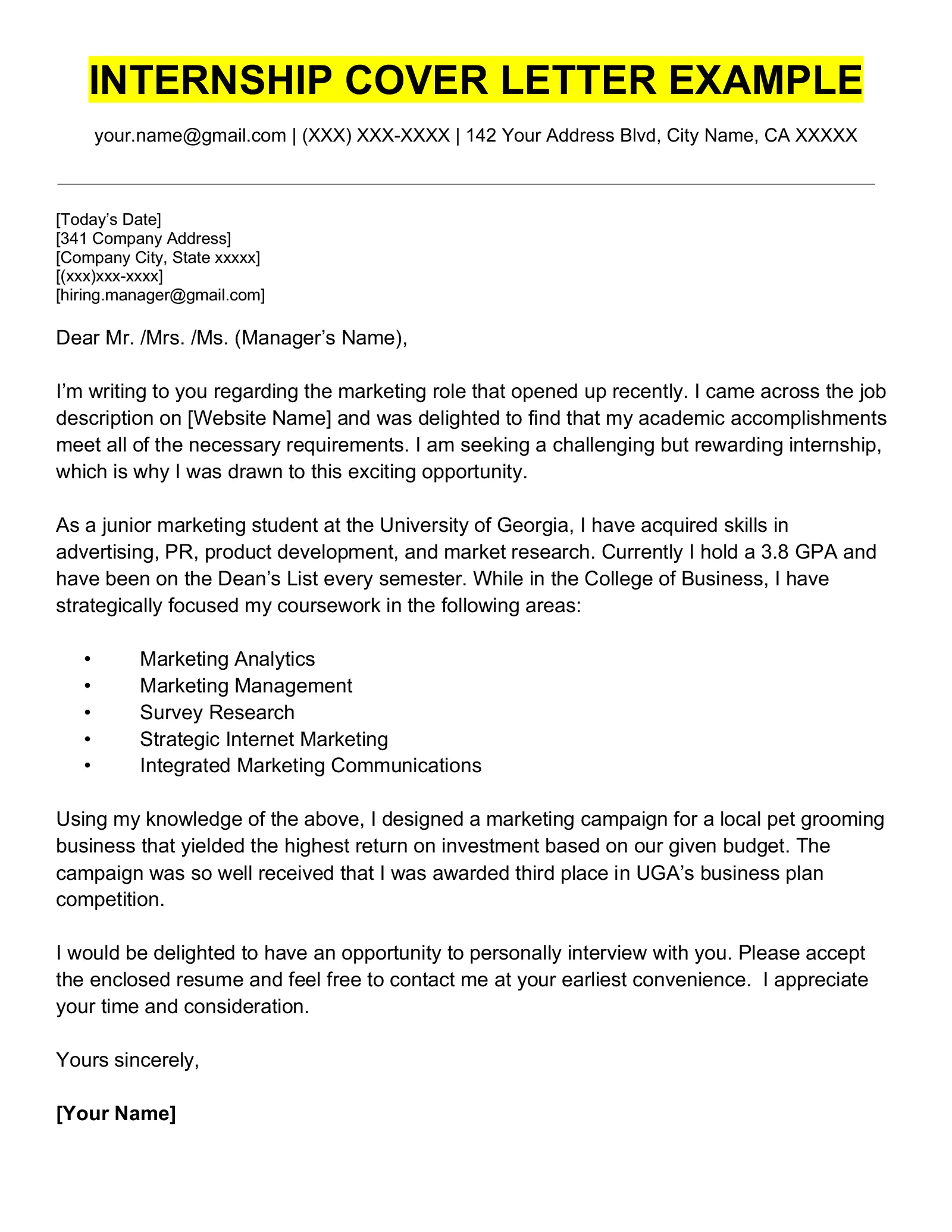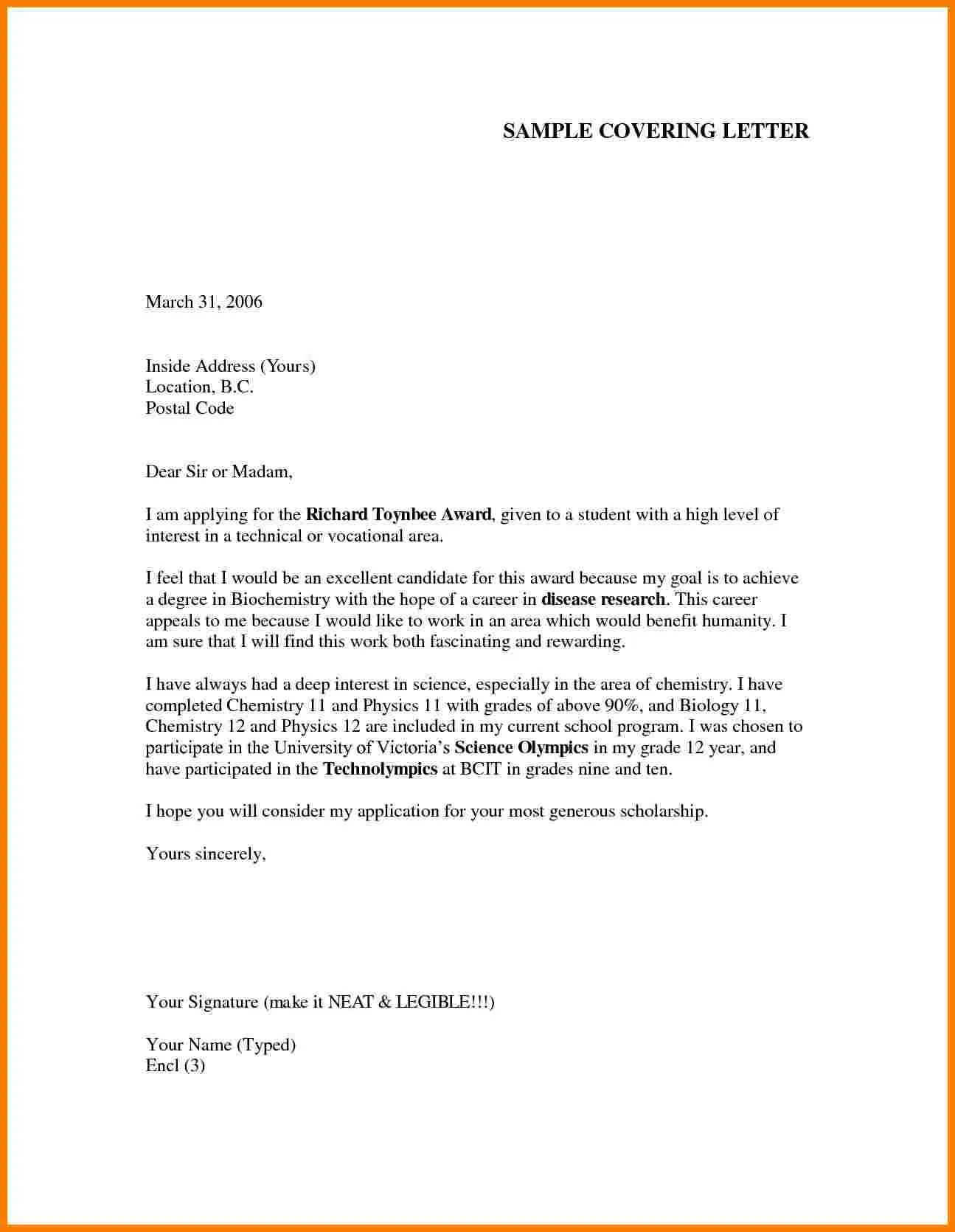Why Teens Need a Cover Letter
In the competitive job market, especially for teenagers, a well-crafted cover letter can be the key to unlocking your first job or internship. While a resume provides a snapshot of your experience and skills, a cover letter gives you the opportunity to tell a story, to demonstrate your personality, and to explain why you are the perfect fit for the position. A cover letter is not merely a formality; it’s your chance to make a strong first impression and to differentiate yourself from other applicants. It allows you to elaborate on the skills and experiences listed in your resume, providing context and showcasing your enthusiasm for the opportunity. For teens with limited work experience, a cover letter is even more crucial, as it allows you to highlight transferable skills from school, extracurricular activities, or volunteer work. It’s your chance to show employers that you are serious about the job and that you have the potential to be a valuable asset to their team. Remember that the cover letter is your personal introduction to the hiring manager and a chance to make a lasting positive impact.
Highlight Your Skills and Experience
When writing a cover letter, focus on showcasing your skills and experience. Since teens often have limited professional experience, it’s important to highlight any relevant skills you possess. These can include communication, teamwork, problem-solving, organization, and time management skills. Think about your school projects, extracurricular activities, volunteer work, or any part-time jobs you may have had. Consider the skills you used in these experiences. For example, if you volunteered at a local library, you likely developed customer service skills. If you participated in a sports team, you gained teamwork and leadership skills. If you are involved in a school club, you may have experience in organization, event planning, or fundraising. Provide specific examples to demonstrate how you have used these skills in the past. Instead of simply stating that you have good communication skills, describe a situation where you effectively communicated with others. This helps the employer understand your capabilities and how you might contribute to their team. Also, try to relate your skills to the job’s requirements.
Emphasizing Soft Skills and Personality

Soft skills, such as communication, teamwork, and adaptability, are highly valued by employers, and in a cover letter, you can highlight these personal attributes. Unlike technical skills, which can be taught, soft skills often reflect your personality and work ethic. Start by identifying your key soft skills. Are you a good communicator? Do you work well in a team? Are you organized and detail-oriented? Then, provide specific examples to demonstrate these skills. For instance, if you are highlighting your communication skills, share an instance where you successfully conveyed information to a team or resolved a conflict. If you are emphasizing teamwork, describe a project where you collaborated with others to achieve a common goal. When describing your accomplishments, use action verbs, such as “managed,” “coordinated,” “assisted,” or “created,” to bring your experiences to life. Remember that your cover letter is also your chance to showcase your personality and enthusiasm for the job. Let your passion shine through, and demonstrate your interest in the company and the position.
Showcase Relevant Experience
Even if you have limited work experience, there are still ways to showcase relevant experience in your cover letter. Think beyond traditional job roles, such as babysitting, lawn care, or tutoring. Consider how your experiences in school, extracurricular activities, volunteer work, and personal projects have prepared you for the job. Did you participate in a debate team? That shows public speaking and critical thinking skills. Did you work on a school project? That demonstrates teamwork and problem-solving abilities. Did you volunteer at a local charity? That shows compassion and commitment. Identify the skills and experiences that align with the job description. If the job requires customer service skills, highlight any experience you have interacting with the public, even if it was in a volunteer role. If the job requires organizational skills, emphasize any experience you have in managing your time or organizing events. Provide specific examples to illustrate how you have used these skills in the past and how you can apply them to the job.
Tailoring Your Cover Letter to the Job
One of the most important steps in writing a successful cover letter is to tailor it to each specific job. This means that you can’t use a generic cover letter for every application. Instead, you need to customize your cover letter to match the requirements and expectations of each position. Start by carefully reviewing the job description. Identify the key skills, qualifications, and responsibilities that the employer is seeking. Then, in your cover letter, highlight your skills and experiences that directly align with those requirements. If the job description emphasizes communication skills, be sure to provide examples of your strong communication abilities. If the job description requires teamwork, showcase your experience working in a team. The cover letter is your chance to show the employer that you have read the job description and understand what they are looking for. By tailoring your cover letter, you demonstrate your genuine interest in the position and your ability to meet the employer’s needs. Also, be sure to research the company and its culture. Understanding the company’s values and goals can help you tailor your cover letter to better match their needs.
Reviewing the Job Description

Before you begin writing your cover letter, thoroughly review the job description. This is your roadmap to understanding what the employer is looking for in a candidate. Pay close attention to the required skills, qualifications, and responsibilities. Identify the keywords and phrases that are used throughout the description. These keywords are the terms that the employer is using to describe the ideal candidate. As you write your cover letter, incorporate these keywords naturally and strategically. This helps the employer quickly see that you have the skills and experience they are looking for. Consider the specific tasks and duties that the job entails. How does your previous experience relate to these tasks? What examples can you provide that demonstrate your ability to succeed in these areas? Take notes as you read the job description. Identify the key requirements and make a list of your skills and experiences that align with those requirements. Then, use this information to structure your cover letter and to highlight your qualifications effectively.
Highlighting Your Accomplishments
When writing your cover letter, don’t just list your responsibilities. Focus on highlighting your accomplishments. Instead of saying, “I was responsible for assisting customers,” say “I consistently provided excellent customer service, resulting in a 15% increase in customer satisfaction.” When describing your accomplishments, use action verbs to bring your experiences to life. Instead of saying, “I worked on a team project,” say “I coordinated a team project that successfully achieved its goals on time and within budget.” Quantify your accomplishments whenever possible. Use numbers and statistics to demonstrate the impact of your work. For example, if you increased sales, mention the percentage increase. If you improved efficiency, mention the amount of time saved. When highlighting your accomplishments, focus on the results you achieved. Show the employer what you have accomplished and how you made a positive impact. This demonstrates your value and increases your chances of getting hired. Emphasize your achievements to demonstrate your skills and abilities to make a lasting impression.
Formatting Your Cover Letter
The formatting of your cover letter is just as important as the content. A well-formatted cover letter is easy to read and presents a professional image. Start with a clear and concise heading. Include your contact information, the date, and the employer’s contact information. Use a professional-looking font, such as Times New Roman, Arial, or Calibri, and keep the font size between 10 and 12 points. Use single-spaced paragraphs with a space between each paragraph. This helps the reader easily scan the document. Use bullet points or numbered lists to highlight key skills or experiences. This makes the information more accessible. Keep your cover letter concise, ideally no more than one page. This shows respect for the reader’s time and ensures that your key qualifications are readily apparent. Use clear and concise language. Avoid jargon or overly complex sentences. Ensure that the formatting is consistent throughout the document. This enhances readability and demonstrates your attention to detail.
Proper Font and Readability

Choosing the right font and ensuring readability is critical for making a good impression in a cover letter. Select a font that is easy to read and professional in appearance. Avoid using overly decorative or unusual fonts. The font you choose should also be consistent throughout the entire document. Stick to a common font such as Times New Roman, Arial, or Calibri. The font size should be between 10 and 12 points. This ensures that the text is large enough to be easily read, but not so large that it takes up too much space on the page. Use clear and concise language to make sure your writing is easy to understand. Break up long paragraphs into shorter ones, and use bullet points or numbered lists to highlight key information. Also, pay attention to the spacing between lines and paragraphs. Using single-spaced paragraphs with a space between each paragraph helps improve readability. Poor formatting makes your cover letter look unprofessional and can make it difficult for the reader to focus on your qualifications. Ensuring the readability enhances the effectiveness of your letter.
Proofreading and Editing
Proofreading and editing are essential steps in the cover letter writing process. Before submitting your cover letter, carefully proofread it for any errors in grammar, spelling, and punctuation. These errors can detract from your credibility and make you appear unprofessional. Read your cover letter aloud to catch any awkward phrasing or sentences. Also, ask a friend, family member, or teacher to review your cover letter. A second pair of eyes can often catch errors that you may have missed. Ensure that the formatting is consistent throughout the document. Make sure that the font, font size, and spacing are all consistent. Check that the tone of your cover letter is appropriate for the job and the company. It should be professional, enthusiastic, and tailored to the specific requirements of the position. Take the time to proofread and edit your cover letter carefully. This demonstrates your attention to detail and increases your chances of making a positive impression on the employer. A polished cover letter reflects your commitment to quality and your professionalism.
Contact Information and Salutation
Begin your cover letter with your contact information. This should include your full name, address, phone number, and email address. Include the date and the employer’s contact information, including the hiring manager’s name and title if available. Use a professional and appropriate salutation. If you know the hiring manager’s name, use “Dear Mr./Ms. [Last Name].” If you don’t know the hiring manager’s name, use a general salutation, such as “Dear Hiring Manager” or “Dear [Company Name] Hiring Team.” In your cover letter, demonstrate your enthusiasm for the job and the company. Let the employer know why you are interested in the position and what you can offer. Also, state the position you are applying for, and include the job posting number if applicable. Make sure that your contact information is accurate and up-to-date. This will ensure that the employer can easily contact you to schedule an interview. A professional salutation creates a positive impression. Always verify the correct spelling of the hiring manager’s name.
Closing and Call to Action

In your closing paragraph, thank the employer for considering your application. Reiterate your interest in the position and briefly summarize your key qualifications. Include a clear call to action. Let the employer know that you are eager to hear back from them and that you are available for an interview. Use a professional closing, such as “Sincerely,” “Best regards,” or “Thank you.” Your closing should be followed by your typed name. Consider including a brief sentence about your availability. For example, you could say, “I am available for an interview at your earliest convenience.” Proofread your entire cover letter one last time to ensure that there are no errors. The closing paragraph is your last chance to make a positive impression on the employer. A strong closing paragraph can increase your chances of getting an interview and landing the job. A clear call to action prompts the employer to take the next step in the hiring process.
